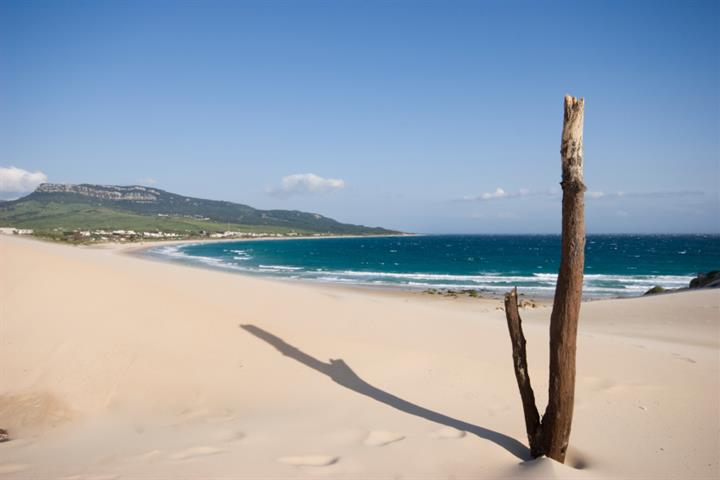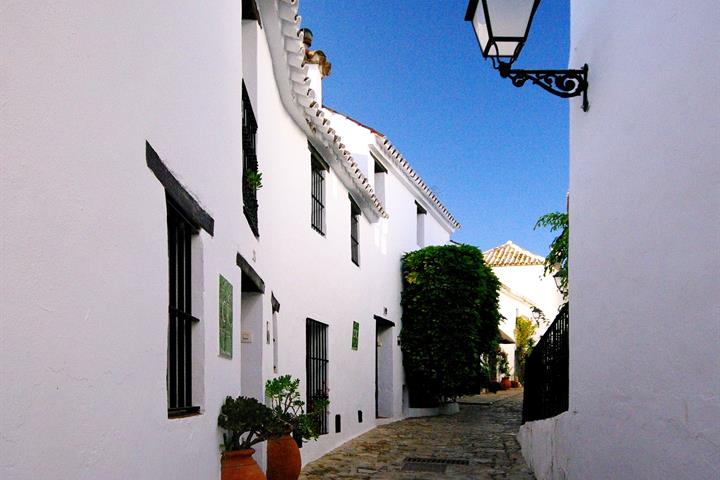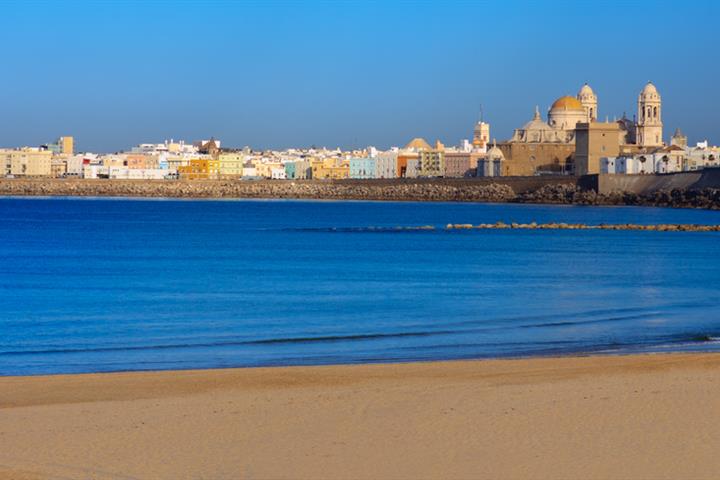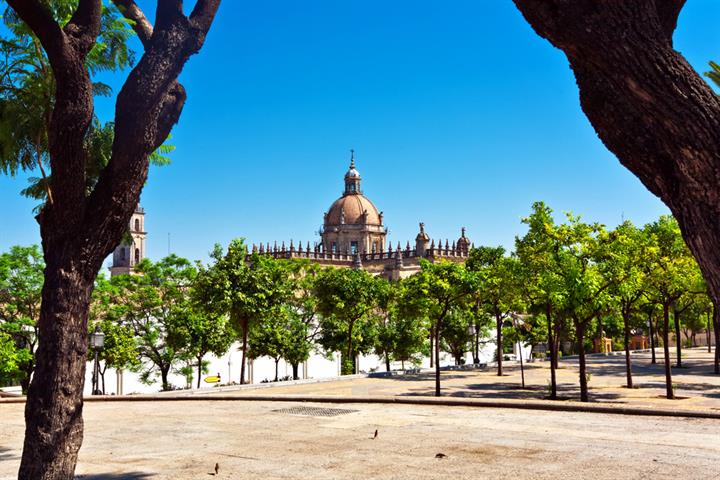Olvera travel information and video
Holiday information, facts, photos and video about Olvera
Featured holiday homes in Cádiz province
Things to do while you are here
Reviews for Olvera
Average overall ratings - Based on 8 reviews.
City
Coast
| City: | |
| Coast: |
Submitted by: Maxwell Glen
23. Oct 2013
This review is in English
This review is in English
Report abuse
You found this abusive
| City: | |
| Coast: |
Submitted by: Marie Heys
16. Oct 2013
This review is in English
This review is in English
Report abuse
You found this abusive
| City: |
Submitted by: Sebastian
1. Aug 2013
This review is in English
This review is in English
Report abuse
You found this abusive
| City: |
Submitted by: Andy Phillips
29. Sep 2012
This review is in English
This review is in English
Report abuse
You found this abusive
| City: | |
| Coast: |
Submitted by: Monty Bryden
9. Jan 2012
This review is in English
This review is in English
Report abuse
You found this abusive




